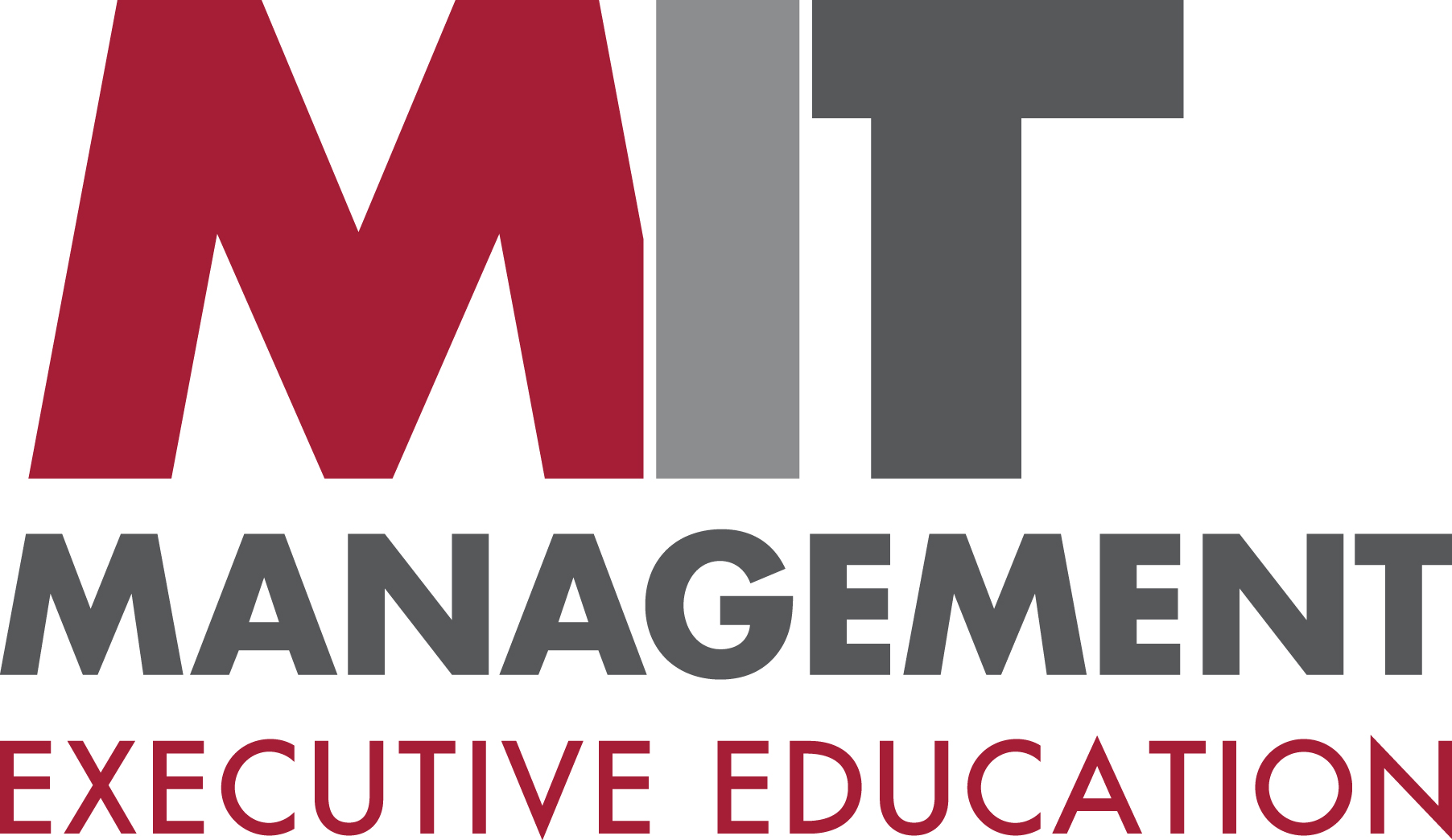- Leadership
Glass Ceiling: Still Here, Still Breakable
MIT’s Professor Fiona Murray and Senior Lecturer Elsbeth Johnson offer six approaches to help women leaders break through the glass ceiling once and for all
Many of the unique challenges women have traditionally faced when seeking to advance to senior levels would appear to remain. MIT Sloan Professor Fiona Murray and Senior Lecturer Elsbeth Johnson, leaders of the MIT Sloan Women's Leadership Program, offer six approaches to help aspiring women leaders address these challenges and break through the glass ceiling.
………………………………………………………………………………………………
Dates: June 23-24 | Format: In person | Location: Cambridge MA. USA
……………………………………………………………………………………………..
1. Stepping up to power
Key to overcoming the unique challenges that women leaders face is a focus on power. Leadership gender parity remains elusive because people in power (largely men) tend not to want to give up power, and when considering succession—due to human nature’s affinity bias—look to self-replicate.
Johnson and Murray have found that virtually all current leadership courses for women emphasize acquiring skills of influence and persuasion. This is not enough, argues Johnson, “influence is power’s poor relation—it’s what you do when you don’t have power.” Women are often already good influencers and communicators, yet are uncomfortable with the idea of taking power. The important step is to get comfortable, be ready for positions of power, and know how to take power.
2. Changing the power mindset
It is often high-achieving professional women with exceptional expertise—in science, law, design, finance, etc.—who could or should be stepping up to senior executive roles, yet hesitate or meet barriers. First, it is important they feel it is OK to say, ‘I want power.’ Power for a purpose, to achieve things—not just positional power over people. Secondly, they must realize that their work, however exceptional it has been, is not sufficient. It will not speak for itself. To advance, women need to be noticed, to be at the table, and not to undersell their work. There is an important performative element to leadership and this needs to come to the fore.
3. Playing the power game
For women who think playing the power game is perhaps too ‘icky’ or too political, it helps to consider the cost of not attaining power. Positional power is a zero-sum game. By refusing to play you are ceding power to people who are often less capable, maybe power-crazed, and certainly with a different purpose or agenda to yours. To find the energy, commitment and patience needed to pursue power, women leaders should concentrate on their purpose; to think not so much about power in the abstract, but about what it can achieve and the journey they would like to take their organization on.
4. Organizational changes
Organizations need to change, yet it can be easy to be overwhelmed by the task. It helps to start at the thin end of the wedge and look for areas where the organization can begin to make a difference—be that in development and mentoring, recruitment policies, or approaches to performance appraisals. It is also important to find male and female allies keen and able to push for the structural and procedural changes required to make the organization more supportive of aspiring women leaders.
Always remember that, while change will be good for women, it will also be good for the organization. There is no lack of evidence to motivate organizations—the 2020 McKinsey Diversity Matters report found that companies in the top quartile of gender diversity on executive teams were 25% more likely to experience above-average profitability than peer companies in the fourth quartile.
5. The need to network
To step up to senior roles, women leaders must go beyond having a professional network of people who give energy and share ideas. They need senior influential allies who will advocate on their behalf. Building an effective network of advocates takes effort. As with building any professional network, it is more difficult for women than for men. As a rule, the overlap between a woman’s personal networks and her professional network is smaller than the overlap for a man—who will tend to play sports, go out for drinks, and socialize more with people from work.
6. Showing up authentically
Authenticity is a prerequisite for good leadership, though the much-touted phrase ‘bring your whole self to work’ is misleading. Letting it all hang out and revealing our private woes is quite unnecessary. It is important that the relevant parts of ourselves we bring to work are open, trustworthy, and reflective of our true values.
Showing up authentically is a skill that requires practice. Traditional leadership constructs such as charisma and gravitas are largely based on male traits. Women should find their own versions of these terms, that they are comfortable with. It is also important, and part of the performative aspect of leadership, to be prepared and ready. To appear competent and effective a leader must act with confidence and not be constantly worried about what will happen next. The higher the role the more authenticity is noticed and becomes critical.
• • •
While these six approaches are for individual women leaders, individuals should not be expected to do it all through their own effort. Women should be backed and encouraged by their peers and bosses, and it should be a priority for senior leaders to ensure the talented women in their team are equipped to step up to power.
In progressive organizations there can be some pushback from the perfectly reasonable call for work/life balance. Policies aimed at flexible working and wellbeing may suggest leaders step back rather than accelerate towards more responsibility and power.
This raises a key point. Positional power can be liberating. Acquiring power does not mean taking on more time-consuming work. The best top leaders step in to provide strategic direction, but empower their team to execute strategy, encouraging team members to do the highest value-added work each is capable of. A leader with power can aim for a purpose they truly believe in, rather than be forced to follow a path set by others. If power can be liberating, it can also positively affect personal wellbeing.
This article is based on the MIT Sloan Executive Education webinar: ‘A Conversation About Women's Leadership Development’ with MIT’s Prof. Fiona Murray and Dr. Elsbeth Johnson
MIT Sloan is uniquely positioned at the intersection of technology and business practice, and participants in our programs gain access to MIT’s distinctive blend of intellectual capital and practical, hands-on learning.
ARTICLES YOU MIGHT LIKE
RESEARCH
A recent study examines shared leadership configurations and their effectiveness in teams
DEVELOPING LEADERS QUARTERLY MAGAZINE AND WEEKLY BRIEFING EMAILS


































